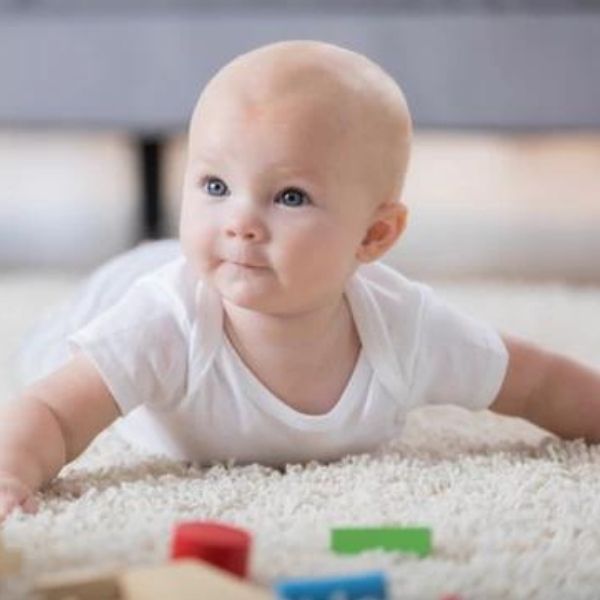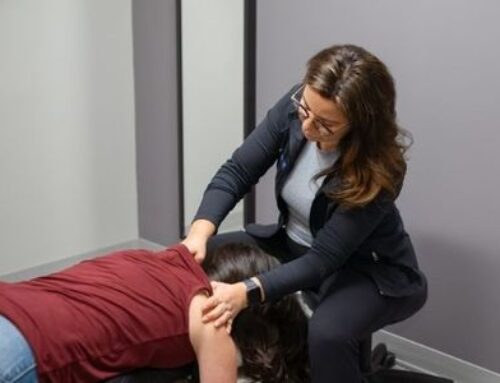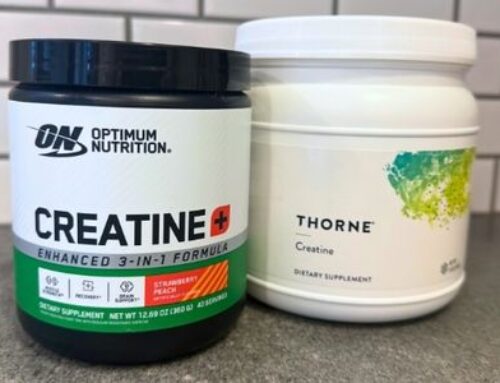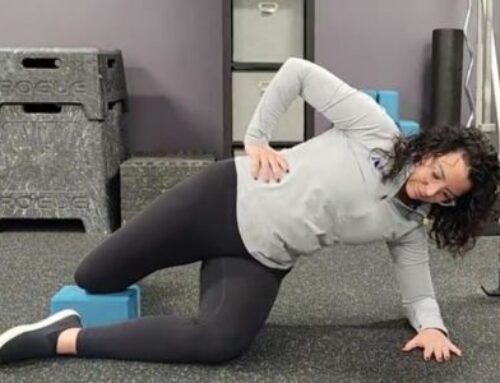If you have read any of the previous blogs about containers, you know that I am not the biggest fan of containers. I know as a parent you have to do what you have to do to survive and accomplish other activities without holding your child constantly but in regards to containers, less is more in my opinion. Generally, if you are using containers, short and infrequent intervals (10-15 minutes at a time) followed by extra floor time to play and move around freely would be best. I have talked about containers in general briefly and did a full blog about sitting containers, click here. So let’s move on to standing containers.
When I say standing containers, I am referring to exersaucers, jumpers and walkers. As I have said before, you should avoid putting your child into a position where they have not put themselves yet. This means you should not use a container where your child is standing until they are able to stand on their own, same goes for walking and jumping. Similarly to the sitting position and containers, the child’s development occurs in a specific order because their muscles have to learn to support that position and their joints need to be strong and stable enough to keep them there without a risk of injury.
In this case, development of the hips and pelvis are the first concern. Generally, a child will start to pull themselves into a standing position somewhere around 9 months. This can happen sooner or later depending on how motivated the child is and how their environment is set up. Infants usually use household items and furniture at first to help them balance as well as a wider stance to give them more stability. As their muscles get stronger and the joints start to stabilize from a lot of practice, the child will get more brave and stand without holding on to anything for help balancing. When they start to cruise, usually still holding something, there is still typically a wide base of support because this is easier for them than a narrow base. This is also due to the development of the hips and pelvis. Their legs are in an abducted position, meaning there is space between the legs. When put in a container, the container is designed to push their legs closer together, called adduction, creating a narrow base of support, making it harder for the child – this is particularly important if there are any concerns about hip dysplasia. The child will try to make it easier for themselves by standing on their tiptoes to accommodate the narrow base of support. This could lead to toe walking later in life, it doesn’t always but keeping your child in this position for a prolonged period, can increase the likelihood of toe walking.
Walkers traditionally have a square base with wheels and a seat for your child to move around with extra support. These containers are actually banned in Canada due to safety concerns and the American Academy of Pediatrics has urged retailers in the U.S. not to sell them and warned parents against using them. When a child is in a walker like this, they can move quickly, up to 3 feet per second! Aside from the developmental concerns, these pose other safety concerns, especially around stairs. If you are using a stand behind, push walker that is very different from the ones with a square base and this type is actually much better! Your child is likely already walking, but needs some support still and this toy provides just the right amount for them.
Lastly, let’s touch on jumping quickly. If you have an older child and an infant you may have noticed that your older child did not jump on their own until about the age of 2. That is because it takes a lot of motor control and coordination to move all the muscles and joints at just the right time as well as the development of the joints to handle the impact of landing. While jumping at first, your child doesn’t leave the ground much because of the complexity of the move. Using a jumping container, either one with a stationary base or one you can hang on a door frame, the child is doing this skill at a much earlier age and with a greater range of movement than when doing this on their own.
Remember, the company developing these products thinks they are helping you and your child by discovering new things while in a safe environment, but they are often not consulting experts in the child development field to do this in the best manner for your child. Again, I know that sometimes you need to use these types of containers for survival so try and keep these sessions short and infrequent. If you have any questions regarding these or any type of container, reach out to Dr. Caitlin for more information!





